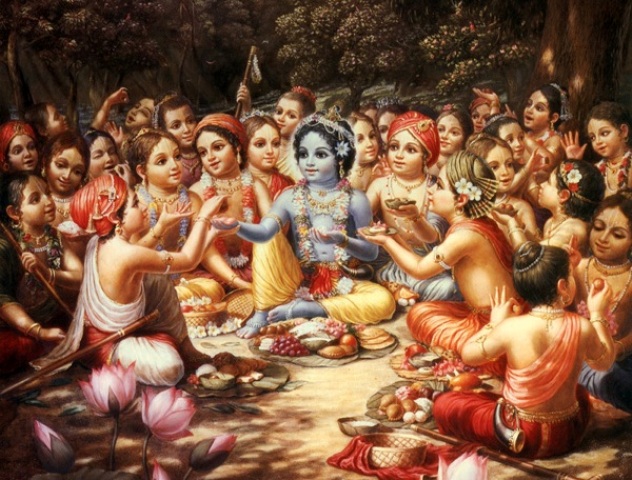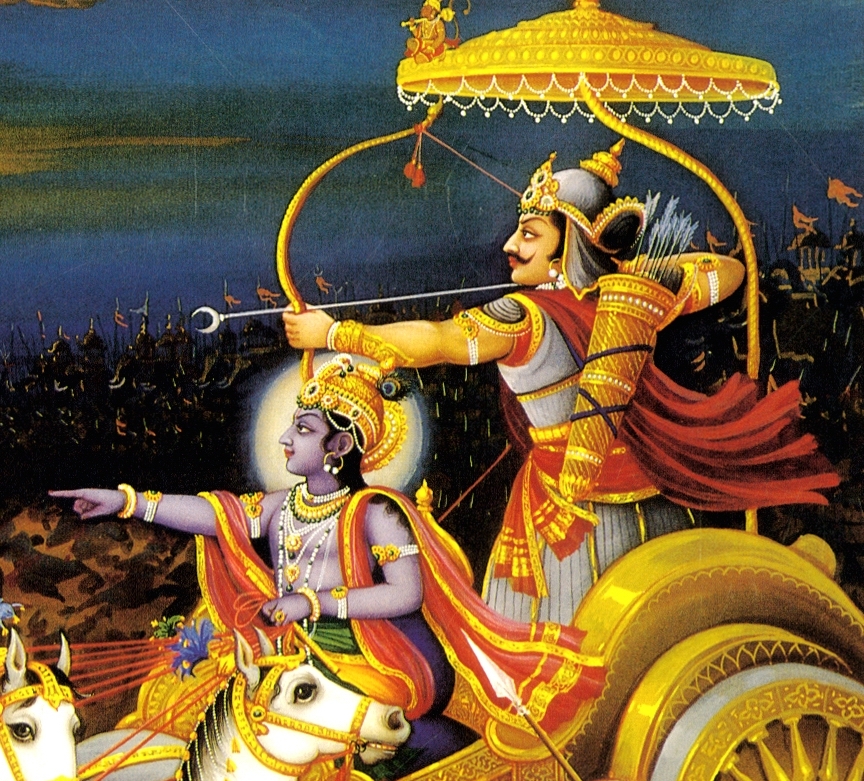
Today is Lord Nityananda’s appearance day, we honor it with a half day fast, followed by a feast at noon. We also like to read and remember the glories or Sri Nityananda who donned the role of Lord Chaitanya’s principal associate for spreading the chanting of the holy names of Lord Krishna in the form of Harinama-sankirtana.
Narottama Dasa Thakura, one of the acharyas in the Gaudiya Vaishnava Sampradaya writes in glorification of the Lord that one will get the soothing moonlight of millions of moons when one takes shelter of Lord Nityananda’s lotus feet. If one really wants to enter into the dancing party of Radha-Krishna, he must firmly catch hold of His lotus feet.
In the age of Kali-yuga, Lord Krishna advents in this material world as Lord Chaitanya Mahaprabhu along with Balarama appearing as Lord Nityananda. Lord Nityananda is also known as Nitai, Nityananda Prabhu and Nityananda Rama. He donned the role of Lord Chaitanya’s principal associate for spreading the chanting of the holy names of Lord Krishna in the form of Harinama-sankirtana. He distributed the mercy of Lord Krishna to all the fallen, materially conditioned souls of this age by congregational chanting of the Lord’s holy names. According to the teachings of the acharyas, Chaitanya Mahaprabhu cannot be approached or understood without taking shelter of Nityananda Prabhu, who is the original guru of all the universes. He serves as an intermediary between Lord Chaitanya and His devotees. He is the second body of the Lord, manifesting as Balarama to Sri Krishna, Lakshmana to Sri Rama and Nityananda to Chaitanya Mahaprabhu.
Continue reading






